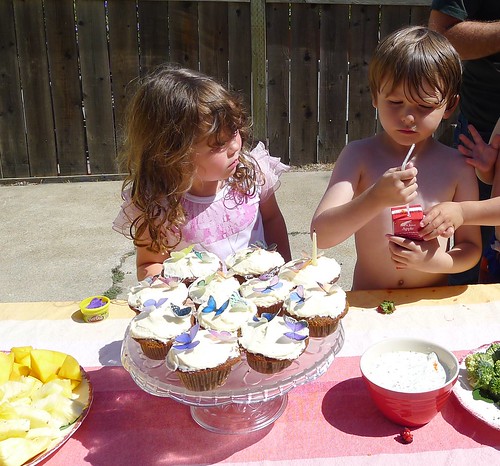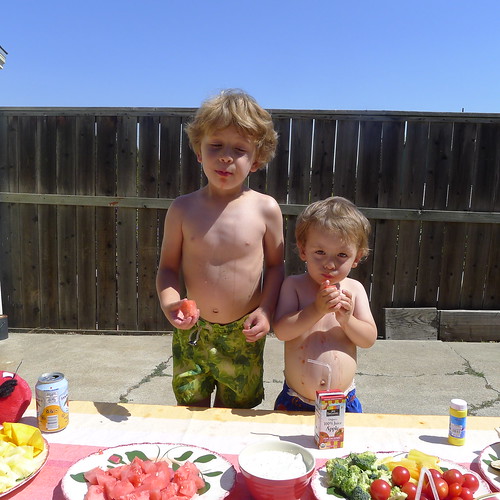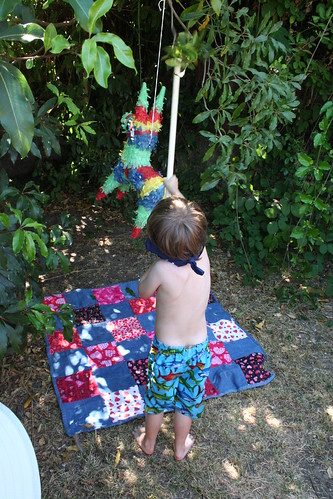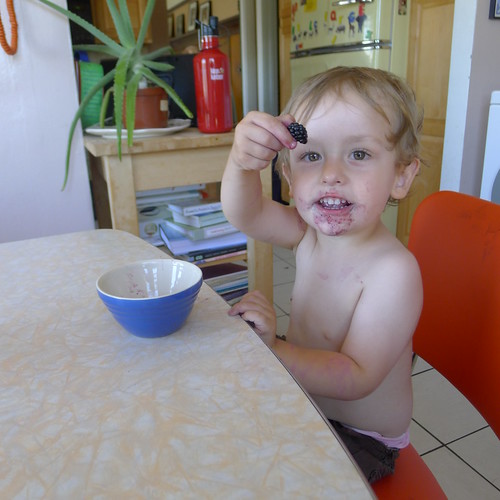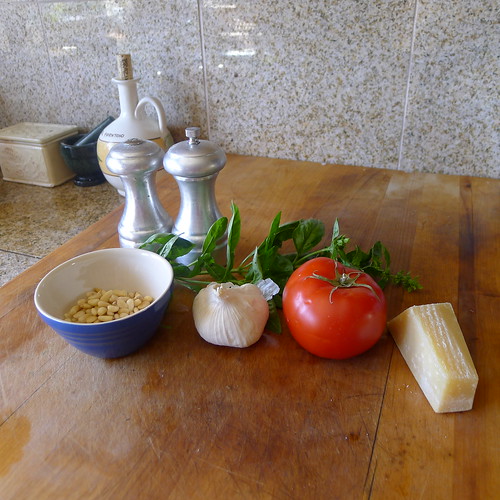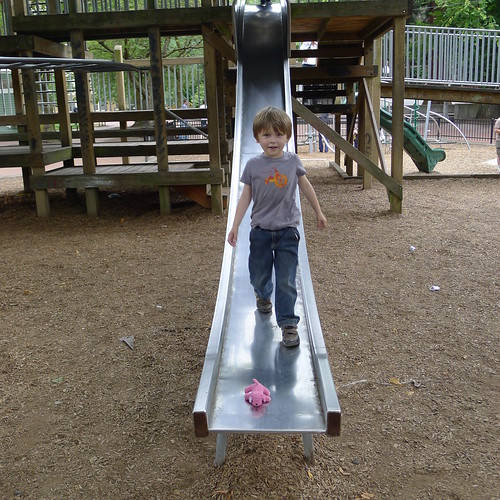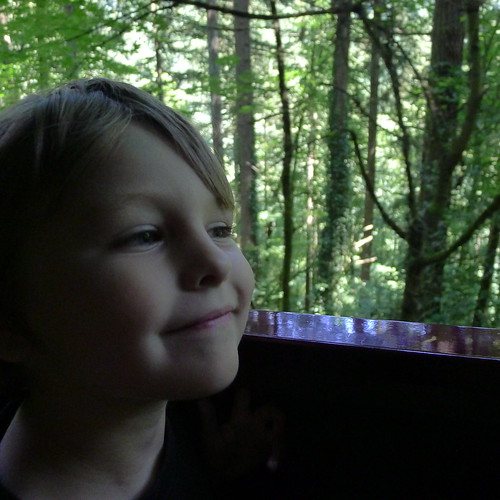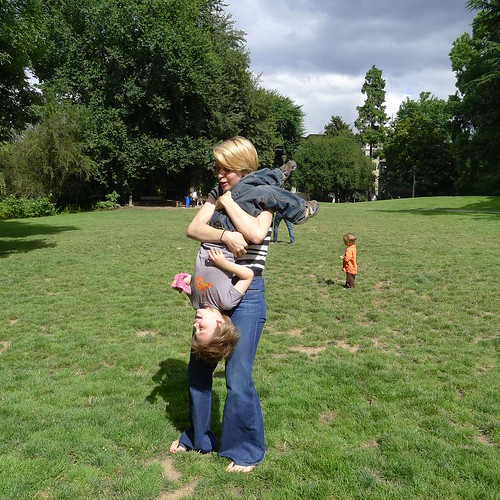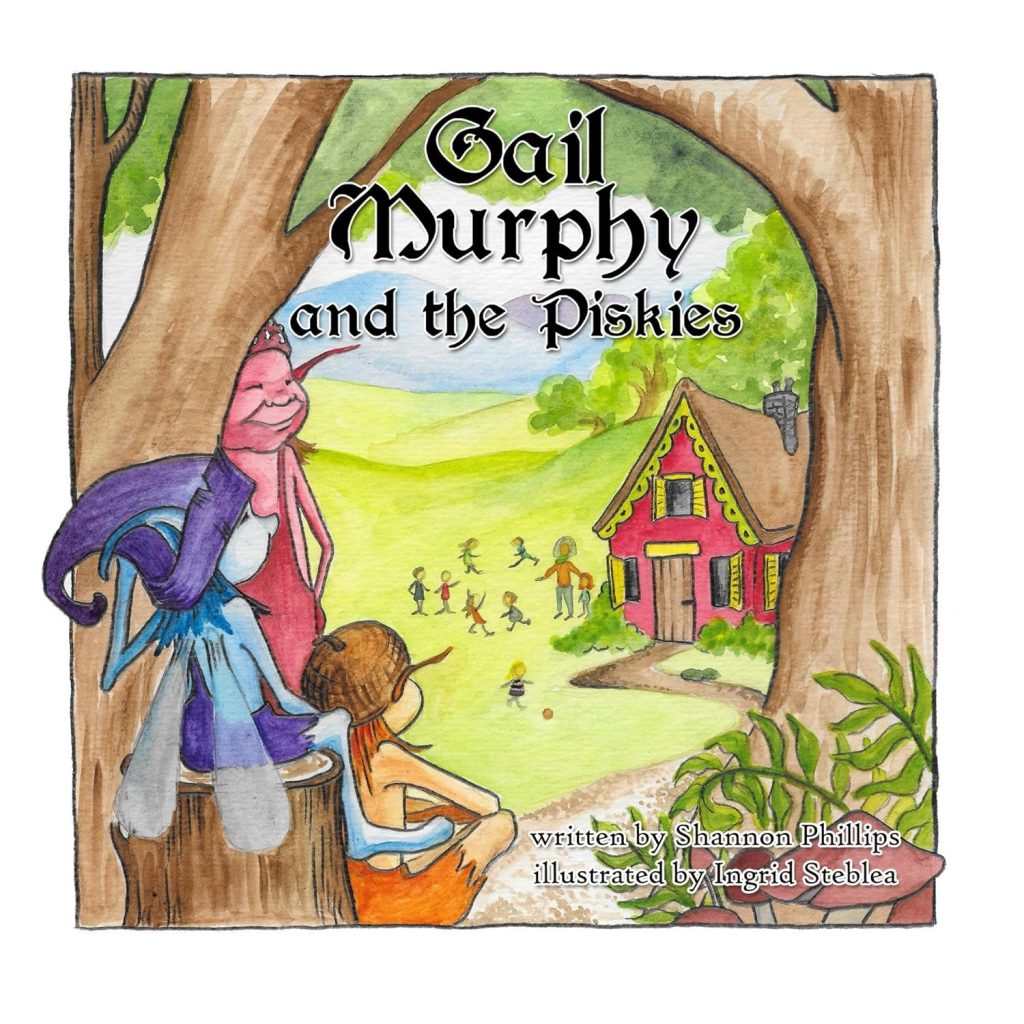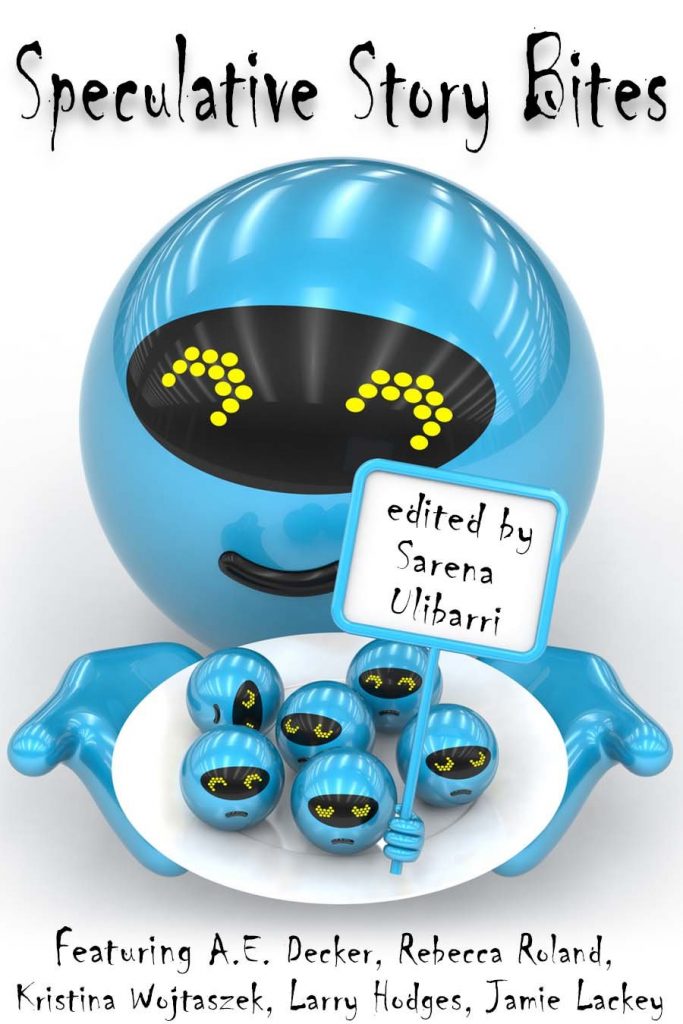My dear friend shared this gem, a speech from her daughter, on Facebook: and after I fell all over myself loving it, I asked if I could reprint it. The daughter said yes, but she’d rather not be named. So this is a guest post by Groovy Girl, age 7.
There are two kinds of girls, Mommy. The first one’s obvious: girls who like pink and silky and fluffy and sparkles and Barbie, and really pink, ugly, weird princesses, and makeup and lipstick.
The second kind is the kind of girls that are more, like, groovy and stuff. For instance, normally they like peace signs and fluorescent colors, and kind of like zebra stripes, and shirts that are on the shoulder and one sleeve off, and they like teal and light blue, and purple, and heart peace signs, and fluorescent yellow, and really bright orange—bright colors.
And there are not as many kinds of boys. There’s, like, one and a half.
One of the most popular boys that you see a lot of times these days is boys that like action-y kinds of stuff, and plastic, and Star Wars, and blue and green and orange and red. Why do people think that orange is a boy color?
There are actually two more kinds of boys:
Boys who really like animals—turtles, and little mouses, and little lizards—more reasonable things.
The third kind of boy is all fancy and stuff—you know, top hats, mustaches, bow ties, ties, tuxedoes. Fancy things—you know, fancy kinda boy.
Then there’s the “train and vehicle” kind of boy. And the littler boys, the ones that for some reason like trucks and dump trucks—the most ridiculous things you ever heard of.
What I love about this—beyond the effortlessly and endlessly charming “voice” of it—is that Groovy Girl (age 7) already deeply understands something that actually took feminists decades to hammer out. Some of them are still hammering, but modern or “third wave” feminism depends on this insight: that there are multiple ways to construct or perform gender. What’s more, although her own tastes and values shine through pretty clearly, Groovy Girl doesn’t for an instant imply that the “fancy kinda boy” is any less of a boy than a “train and vehicle” kind of boy, or that either type of girl is more or less essentially feminine.
I’m an ugly weird princesses girl myself—initially I thought, wistfully, that maybe I could be the fancy kinda boy, but you know what, it’s ugly weird princesses all the way for me. I would join the Ugly Weird Princesses fan club. I would subscribe to the newsletter. My heart belongs to the ugly weird princesses forever. I’m not that big on makeup or Barbie, but pink and silk and sparkles are a-OK in my book too.
The second thing I love is that Groovy Girl sets off to enumerate one “and a half” different kinds of boys, and she ends up with four, or possibly five depending on how you read it. So the categories are proliferating as she thinks about them. Now obviously, there’s actually well more than two different kinds of girls: there’s probably an infinite number of ways to construct/perform/inhabit femininity. It’s in observing and thinking about this proliferation that we’re able to circle back and invest “femininity” with meaning: some grouping of overlapping segments in the set of Venn diagrams, some collection of commonly shared experiences. No one thing that’s true for every woman or girl, but a lot of things that are, separately, true for many. And the same goes for masculinity. Groovy Girl has basically got this, or at least she’s very, very close.
The last thing I love about this speech is how even the things she assigns to the masculine sphere are not confined there. Turtles and little mouses and little lizards are judged “reasonable”: the strong implication is that a girl such as herself can like those things too. I doubt Groovy Girl would object the proposition that it might go both ways: that a truck-loving boy, say, might also enjoy neon colors. There’s a fluidity to these categories that I love.
Anyway, I’m so glad she allowed me to share. I hope you all are as delighted as I was.
(The title of this post is a nod to Lindy West’s classic The Different Kinds of People That There Are. Warning: because we are talking about a seven-year-old’s off-the-cuff philosophy, critical comments will be ruthlessly moderated unless they are couched in the nicest possible terms.)


